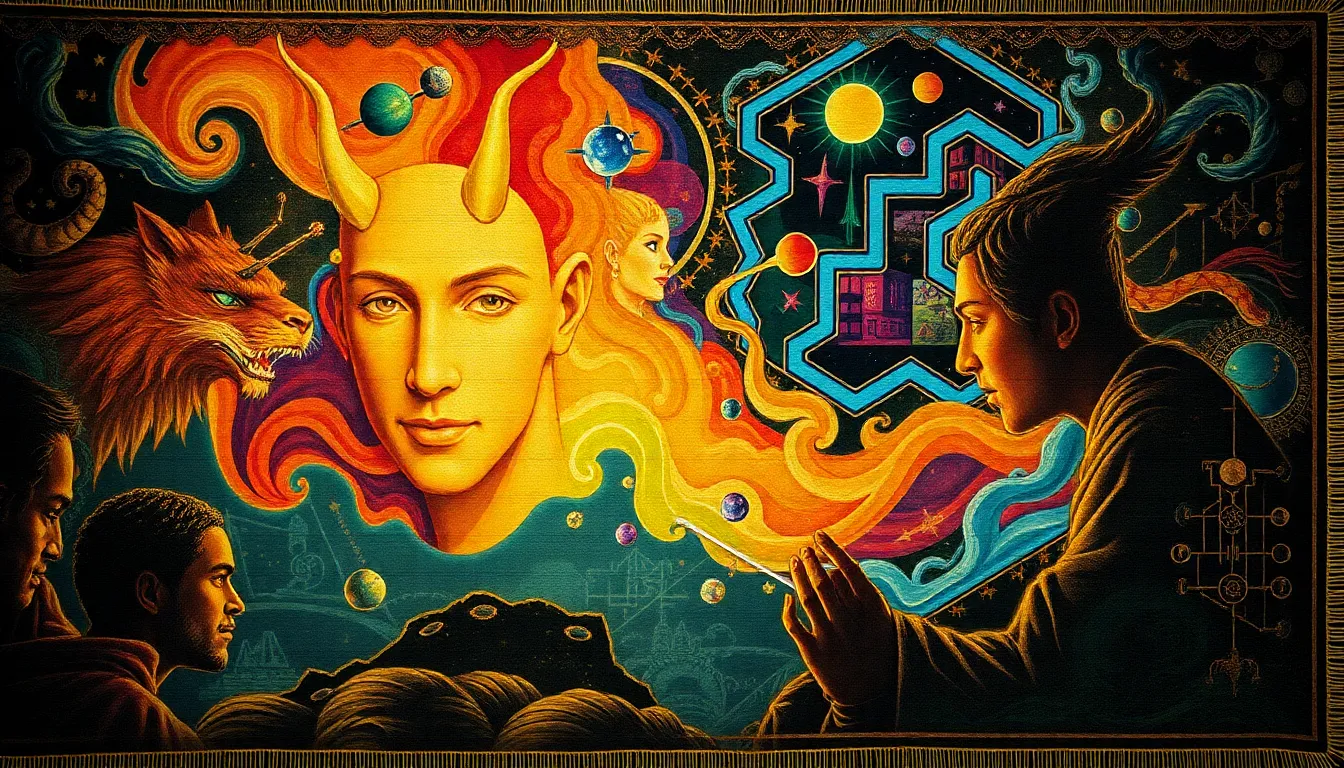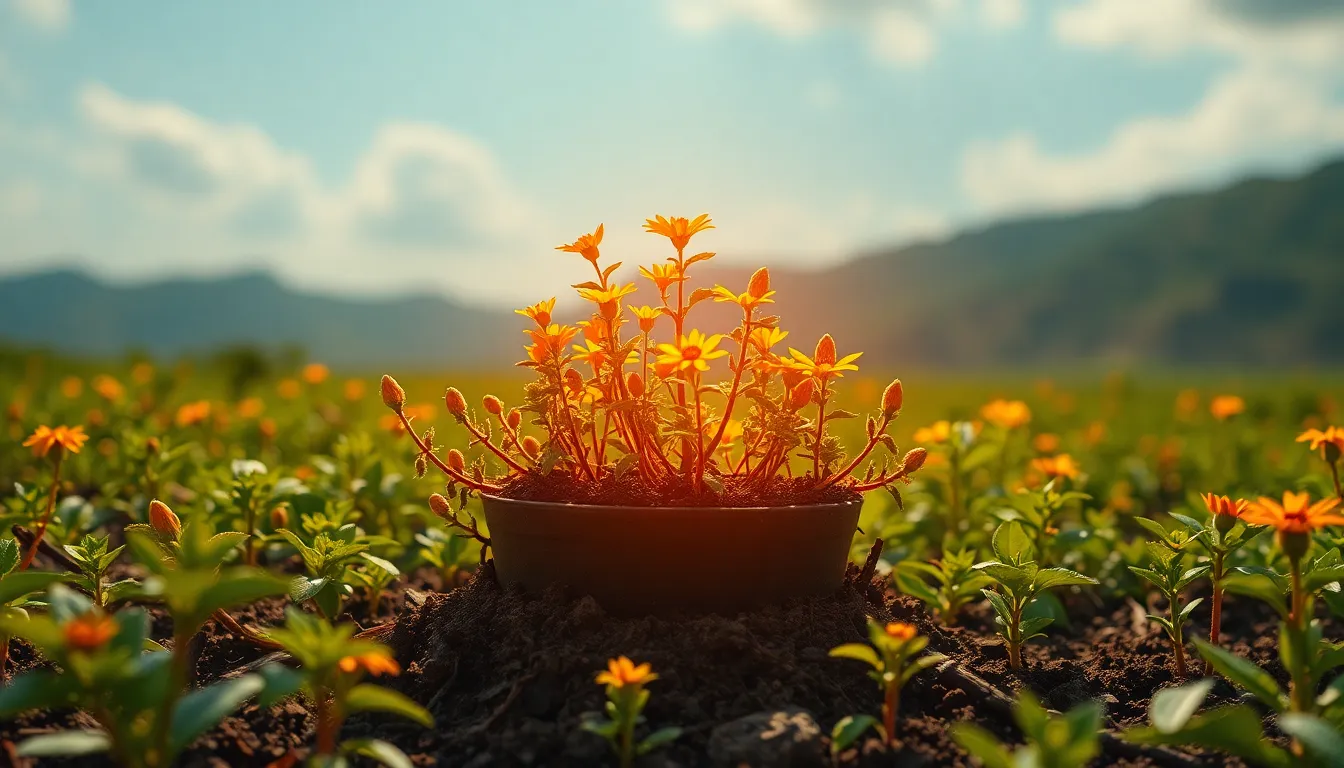The Myth of Indra: The King of Devas in Hinduism
Indra is a central figure in Hinduism, revered as the king of the devas, or gods. His myth, intertwined with the tapestry of ancient Indian lore, offers a rich exploration of power, kingship, and the cosmic battle between good and evil.
Origins and Birth: Indra’s Creation and Lineage
Indra's origins are shrouded in celestial mystery. According to the Rigveda, the ancient Indian scripture, Indra emerged from the primordial waters during the creation of the universe. His father was Kashyapa, the patriarch of the Vedic gods, and his mother was Aditi, the goddess of infinity. Indra's birth heralded a powerful lineage that would shape the destiny of the divine and mortal realms.
As King of the Devas: Indra’s Role and Attributes
As the king of the devas, Indra reigned supreme over the celestial realm. His primary role was to protect the devas and their domain from the relentless attacks of the asuras, or demons. Indra possessed immense strength, wisdom, and courage, attributes essential for his divine role as protector and guardian of the cosmic order.
Indra’s Vajra: The Weapon of Kingship
Indra's most iconic attribute is the vajra, a powerful weapon forged by the divine craftsman, Tvastr. The vajra, often depicted as a thunderbolt or diamond-studded mace, symbolizes Indra's authority and celestial power. It is believed to be capable of shattering mountains, dispelling darkness, and vanquishing enemies.
Indra and the Asuras: The Eternal Battle for Dominance
The myth of Indra is intertwined with the ongoing battle between the devas and the asuras. The asuras, led by their king, Vritra, constantly challenged the authority of Indra and sought to overthrow the divine order. This cosmic conflict symbolizes the eternal struggle between good and evil, where Indra's victory represents the triumph of light over darkness.
6. Indra's Festivals and Worship: Celebrating the King of Heaven
Indra is celebrated throughout India with grand festivals and religious rituals. The most prominent festival dedicated to Indra is Indraotsava, observed during Shravan, the fifth month of the Hindu calendar. During Indraotsava, devotees gather in temples and offer prayers and offerings to Indra, seeking his blessings for prosperity, rainfall, and the well-being of the land.
7. Indra's Companions and Allies: The Airavata and the Maruts
Indra is accompanied by a majestic entourage of companions and allies. His mount is the celestial elephant, Airavata, known for its wisdom and strength. Indra also has a close association with the Maruts, a group of wind deities who assist him in his battles against the asuras. The Maruts are depicted as impetuous, boisterous, and powerful warriors.
8. Indra's Symbolism and Iconography: Representations in Art and Literature
Indra's image has been immortalized in countless works of art and literature throughout the ages. He is often depicted as a handsome, muscular god with a golden complexion and a majestic beard. His iconography includes the vajra, the Airavata, and the Maruts. In Hindu temples, Indra is often represented by a large, ornate statue or a symbolic emblem.
9. Indra's Vedic and Epic Accounts: Exploring Different Versions of the Myth
The myth of Indra has been recounted and reinterpreted in various Vedic and epic texts. The Rigveda, the oldest Hindu scripture, contains numerous hymns dedicated to Indra, narrating his exploits and battles against the asuras. The Mahabharata and the Ramayana, ancient Indian epics, also feature Indra as a prominent character, showcasing his divine power and his complex relationship with other gods and mortals.
10. Interpretation and Legacy: The Enduring Impact of the Myth of Indra
The myth of Indra has left an enduring legacy in Indian culture, religion, and mythology. Indra's role as a protector, warrior, and king has influenced the development of other deities and mythological figures in Hinduism. His story continues to inspire and captivate audiences, offering insights into the nature of power, the battle between good and evil, and the enduring human fascination with the divine.
Frequently Asked Questions
Q: What is Indra's weapon called?
A: Indra's weapon is called the vajra, a powerful thunderbolt or diamond-studded mace.
Q: Who is Indra's father?
A: Indra's father is Kashyapa, the patriarch of the Vedic gods.
Q: What is Indra's mount?
A: Indra's mount is the celestial elephant, Airavata.
Q: Who are Indra's closest companions?
A: Indra's closest companions are the Maruts, a group of wind deities.
Q: What is the significance of Indra's festivals?
A: Indra's festivals are celebrated to seek his blessings for prosperity, rainfall, and the well-being of the land.




